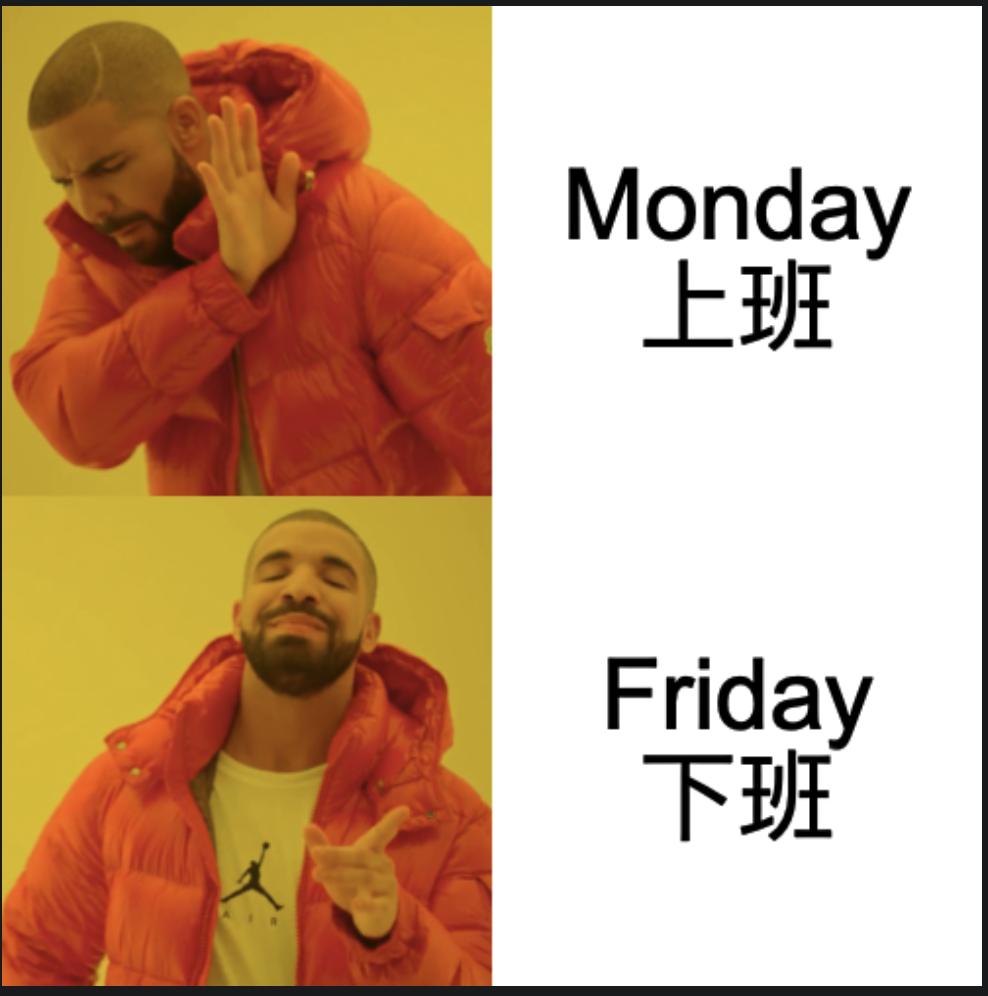Two Super OP words in Mandarin; up & down || 上 and 下
Note: If you are new to characters or generally want some support while working through the example sentences in the next sections, we HIGHLY recommend downloading this plugin*! It will help a ton with character reading, both in this article, and on the greater web in general. If you’ve already installed it, carry on! :)*
上 and 下 are one of the first pairs of opposites introduced to Chinese learners, and it can be easy to mix up the two at first. In this post, we’ll cover the basic meanings of each character and also the higher-level grammar and vocabulary they can be used in.
TLDR
上 means “up” and 下 means “down”
上 and 下 can be used to indicate moving up or down
上 and 下 can also be used figuratively
上 can mean “last” and “get on”
下 can mean “next” and “get off”
Literal Meanings
This will be pretty quick: Looking at literal meanings…
上 means “up” and 下 means “down”
Here’s how to differentiate between the two: Imagine a plant 🌱
上 sort of looks like the plant’s stem growing “up” from soil, doesn’t it?
下 also looks like a the plant’s roots growing “down”
Moving Up And Down
上 and 下 can be used to indicate moving up or down. A prominent example of this is the structure:
(上/下)+ (去/来)
In this structure, either 上 or 下 should be combined with 去 or 来 to indicate going/coming up/down.
Ex:
上去 - “go up”
下来 - “come down”
Here are some other examples of 上 and 下 indicating moving up or down:
向上 - “oriented upwards”
向下 - “oriented downwards”
Here’s a popular phrase using “向上” that you should know!
“好好学习,天天向上” - “Study hard, improve every day!” (lit. study well, go up every day)
This phrase uses 向上 in a figurative sense, with “oriented upwards” being related to improvement. This leads us to our next topic of discussion: 上 and 下‘s figurative uses.
Figurative Definitions
上 and 下 can be used figuratively, meaning that they can be used to mean “up” and “down” in contexts that aren’t literal. Let’s look at 2 cases of this:
Case 1: “Last” and “next”
上 can be used to mean “last” and 下 can be used to mean “next”
Ex:
上个月 - last month
上个月我很忙 - “Last month I was very busy”
下次 - the next time
下次我们见面是什么时候?- “When is the next time we’ll meet?”
上个人 - the last person
投诉就没用了,上个投诉的人没有收到回答 - “Complaining is useless, the last person who did that didn’t receive a response”
**Case 2: Getting on/off**
上 can be used to mean “get on” and 下 can be used to mean “get off”
Ex:
上课 - To start/attend class (i.e. You’re “getting on” with class)
都九点半,我要上课了 - “It’s already 9:30, I’ve got to attend class”
下班 - To leave from work (i.e. You’re “getting off” work)
今天是星期五,所以我们早点下班了 - “Today was Friday, so we left work early”
上车 - To get in a vehicle (i.e. stepping onto a train, bus, etc)
我们要在好运路上车 - “We have to get on the bus at Good Fortune Road”
To Conclude
This post has by no means covered every possible use case for 上 and 下. However, we have covered the fundamental meanings behind both of these characters and their most significant use cases. As long as you remember these fundamental meanings, it should be easier to understand any future instances of 上 and 下 that you come across.
Just make sure to 好好学习,天天向上!
Try this quiz to check your knowledge:


